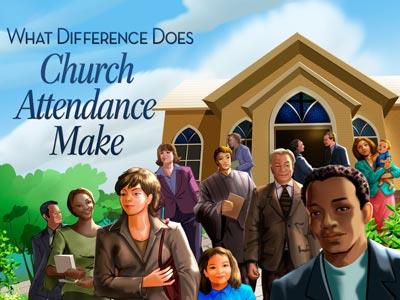-
Neither Confused Nor Divided
Contributed by Darryl Ward on Dec 5, 2009 (message contributor)
Summary: Sermon for Trinity Sunday on the Holy Trinity and the unity of the Church.
During the time of Oliver Cromwell, thousands of stained glass windows in English churches were destroyed, because the English puritans objected to objects of veneration, which they called ’abused images’. Of those stained glass windows that did survive, few were undamaged, and there was an irreplaceable loss of priceless English church heritage.
Amongst the windows that were damaged but survived is a unique medieval roundel that may be found above the north door of Holy Trinity Church in Long Melford, Suffolk.
That it required repair is sadly obvious, yet one visitor, Peter Sebbage, considered that its repair actually enhanced the inspirational value of the window. “In its repair”, he said, “it illustrates God’s unfailing love in reconciling a fallen world to Him through the sacrifice of Jesus”.
This roundel depicts three hares chasing each other in a circle. The three hares motif has been found in Europe, the Sinai Peninsula, Iran, Turkmenistan, Afghanistan and China, but it is most commonly found in churches in Devon, England, where it is often called the tinners’ rabbits.
If you look closely, you will see that the three hares only have three ears between them instead of the six you would expect. In a clever optical illusion, each hare shares an ear with each of the other hares. The hares are distinct and cannot be confused with each other, yet together they comprise a unity that cannot be divided. It should therefore come as no surprise that the three hares motif has come to represent the Trinity.
Today is Trinity Sunday, one of our principal feast days, a day when we celebrate the doctrine of God as the Trinity: Father, Son and Holy Spirit. Although the word Trinity occurs nowhere in the Bible, there are places where the Father, Son and Holy Spirit are present together. They are distinct and unable be confused with each other, yet they present a unity that can not be divided.
Matthew’s, Mark’s and Luke’s accounts of the baptism of Jesus all state that when He had just been baptised, He saw the heavens torn apart and the Spirit descending like a dove on Him and that a voice came from heaven saying:
“You are my Son, the Beloved; with you I am well pleased”. (Mark 1:11b).
Jesus is later quoted in Matthew’s gospel as instructing His disciples to:
“… make disciples of all nations, baptising them in the name of the Father and of the Son and of the Holy Spirit”. (Matthew 28:19b).
The Church literally took centuries to conceptualise its understanding of the Trinity, and the key contributor to this was Tertullian, a second and third century Church leader who coined the Latin word ‘trinitas’ from which we derive ‘Trinity’. Tertullian proposed that the Trinity comprised three separate ‘personae’ of the same substance. By ‘personae’, he did not mean persons, but something closer to the masks or roles of an actor, and by substance he meant that which they have in common.
Ultimately, the doctrine of the Trinity was formally expressed in the creeds, and it used to be a Trinity Sunday tradition to read the Athanasian Creed. This is rarely said these days because it is so incredibly long, but I will read a short extract from a modern translation:
Now this is the catholic faith: We worship one God in trinity and the Trinity in unity, neither confusing the persons nor dividing the divine being.
We do not confuse the Father, Son and Holy Spirit and we distinguish them with different roles, such as Creator, Redeemer and Giver of Life. However, together they comprise one undivided God. We can not expect to fully understand the intricacies of this any more than we can expect the clay to understand the potter. All that is really necessary is for us to have faith and to believe.
When we consider the Church in today’s world, we see that it is manifest in the many varied expressions that comprise the rich and varied tapestry that is the body of Christ. Although there are many different denominations, they can be broadly divided into three main groupings: Eastern Orthodox, Roman Catholic and Protestant, although I would be the first to admit that such divisions can be somewhat arbitrary.
While there are certain doctrinal differences between these groupings, differences that keep us somewhat separated at this present time, our core, fundamental beliefs are the same. We all proclaim the Nicene Creed, albeit with some minor variations; we all believe that Jesus is God incarnate and was crucified, buried and rose again; and we all have been baptised into the one body, the Church, in the name of the Father, Son and Holy Spirit.
Unfortunately, the fact that we are ultimately part of one Church is all too often overlooked. Just as Christ’s body was broken on the cross, we continue to break His body, the Church, today when we reject and even persecute others because they worship God differently.

 Sermon Central
Sermon Central



